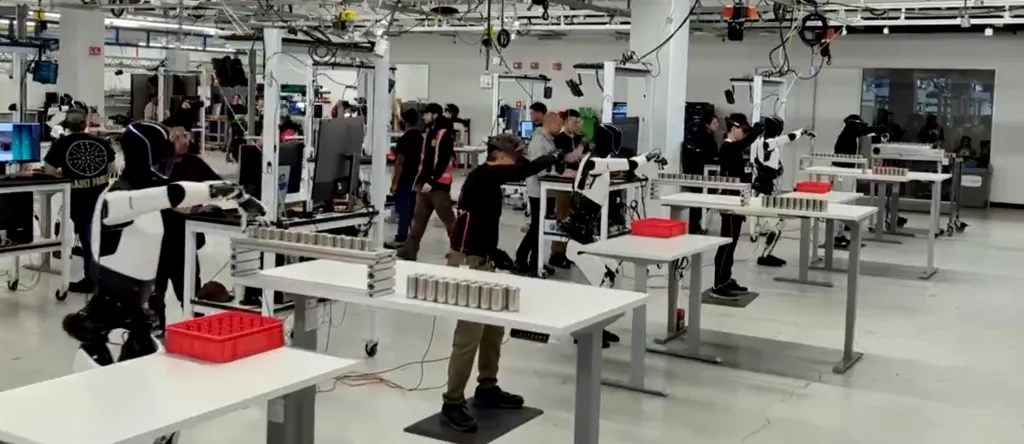
Tesla has confirmed through a new job listing that it plans to establish a ‘teleoperation’ team to remote control its upcoming robotaxi fleet.
It’s something that Tesla really needs in order to deliver a robotaxi service, and something that market leader Waymo has already deployed.
Waymo and Tesla have widely different approaches to self-driving.
The former is using a variety of sensors from cameras to lidars and operates its self-driving ride-hailing service, which is already commercially available in several markets, in geo-fenced areas that are mapped.
As for Tesla, the automaker relies entirely on cameras and neural networks, which it plans to train to the level of being capable of operating anywhere autonomously.
Tesla CEO Elon Musk has often dismissed Waymo’s strategy as “not being scalable” due to the mapping and geo-fencing issues.
But now there’s one thing that Tesla is taking from Waymo’s approach: teleoperation.
Waymo can be a bit vague when talking about the level of teleoperation with its vehicles, but we know that the vehicles can send a “stuck” alert and a team of remote Waymo employees can debug them.
Now, Tesla is also establishing a teleoperation team, according to a new job listing:
Tesla AI’s Teleoperation team is charged with providing remote access to our robotaxis and humanoid robots. Our cars and robots operate autonomously in challenging environments. As we iterate on the AI that powers them, we need the ability to access and control them remotely. This requires building highly optimized low latency reliable data streaming over unreliable transports in the real world. At Tesla, we control the entire hardware and software stack, end to end. Our goal is to integrate our hardware, firmware and backend expertise to achieve a cutting-edge system. Our remote operators are transported into the device’s world using a state-of-the-art VR rig that allows them to remotely perform complex and intricate tasks. Working with hardware teams, you will drive requirements, make design decisions and implement software integration for this custom teleoperation system.
The job is specifically for C++ Software Engineer and the main responsibility is to develop the application that the remote operators will use to assist the robotaxis.
Tesla claims that it will start deploying fleets of robotaxis in California and Texas in Q2 2025.
As for the humanoid robots, Tesla has already started to use them for simple tasks in its manufacturing facilities, but that’s expected to ramp up next year.
Electrek’s Take
This should enable Tesla to launch a service similar to Waymo without having to achieve a “superhuman level of miles between disengagement.”
However, it wouldn’t be exactly what Tesla promised: level 5 full autonomy.
Again, it would enable a similar service that Waymo has been offering for years. To be clear, I’m not against it. It will help Tesla deliver a useful robot ride-hailing service.
It will also be interesting to learn the level of teleoperation Tesla plans to deploy. For example, Waymo has confirmed that its remote team can answer questions from its vehicles to help unstuck them, but it’s not clear if they can actually be remotely operated.
Tesla did lose some credibility on that front after its ‘We, Robot’ event after it didn’t disclose that it’s robots at the event were remotely control before demonstrating them.
